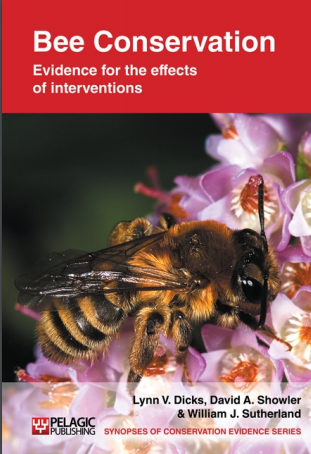Manage land under power lines for wildlife
-
Overall effectiveness category Awaiting assessment
-
Number of studies: 1
View assessment score
Hide assessment score
How is the evidence assessed?
-
Effectiveness
not assessed -
Certainty
not assessed -
Harms
not assessed
Study locations
Supporting evidence from individual studies
Power line rights-of-way are unfarmed and provide potentially valuable linear strips of habitat for bees and other wildlife. In the USA, they are periodically cleared of vegetation by mowing and/or herbicide treatment. A more cost-effective management method involves removing trees and other tall vegetation, mechanically and with selective herbicides, but retaining a dense scrub. One replicated trial under eight power line strips on a Wildlife Refuge in Maryland, USA (Russell et al. 2005) found significantly more bee species under power lines managed this way (32.5 bee species/site on average) than in equivalent areas of annually mown grassland on the Refuge, representing conventional power line management (23.2 species/site). There was no significant difference between power line scrub and mown grassland in the abundance of bees.
Study and other actions tested
Where has this evidence come from?
List of journals searched by synopsis
All the journals searched for all synopses
This Action forms part of the Action Synopsis:
Bee Conservation
Bee Conservation - Published 2010
Bee Synopsis





)_2023.JPG)














